The United States, being the largest economy in the world, has seen several economic ups and downs in the past few years. From 2017 to 2024, the U.S. has experienced an average GDP growth of approximately 2.65%. Within this period, the country witnessed a sharp pandemic-induced decline in 2020 and a strong recovery in 2021. In 2024, the US economy grew by approximately 2.8%, while the projected growth for 2025 is expected to be slower at 1.9%.
According to the IMF, U.S. GDP grew from $19 trillion in 2017 to approximately $29 trillion in 2019. However, in 2020, the economy faced a major decline, with the GDP growth rate dropping to -2.2%. In 2025, U.S. GDP has surpassed $30 trillion, with a projected growth rate of 1.9%. And in 2026, it is expected to reach $31 trillion.
US Economic Growth Forecast: Trends from 2017 to 2026
The table below presents the US economic growth trends from 2017 to 2026.
| Year | US GDP Growth Rate (Annual %) |
|---|---|
| 2017 | 2.5 |
| 2018 | 3 |
| 2019 | 2.5 |
| 2020 | -2.2 |
| 2021 | 6.1 |
| 2022 | 2.5 |
| 2023 | 2.9 |
| 2024 | 2.8 |
| 2025 | 1.9 (Projected) |
| 2026 | 2.1 (Projected) |
The data is sourced from: UN World Economic Situation and Prospects 2025
U.S. Steady Growth (2017-2019)
From 2017 to 2019, the US economy grew at a moderate pace. In 2017, GDP increased by 2.5% due to a strong job market and high consumer spending. Additionally, government spending played a key role in boosting GDP value during this era. In 2018, growth picked up to 3%, mainly because of tax reforms that boosted business investments and consumer confidence. However, in 2019, U.S. GDP growth slowed to 2.5%, partly due to global trade tensions, including the US-China trade war. Despite these challenges, the US economy stayed strong with a healthy job market.
Pandemic-Induced Economic Decline
In 2020, the US economy faced a major decline due to the COVID-19 pandemic. It resulted in a negative growth rate of 2.2%. The pandemic led to widespread shutdowns, job losses, and business disruptions in the US as well as in the whole world. To lessen the impact of the COVID-19 pandemic, the US government provided stimulus packages and support measures for businesses. As a result, 2021 saw a strong recovery, with a growth rate of 6.1%.
Top 10 Poorest Countries in The World 2025
Recovery and Slowdown
After the recovery in 2021, the economy slowed again in 2022, growing at a rate of 2.5%. Rising inflation, supply chain issues, and increasing interest rates became bigger problems for consumers and businesses during this period. By 2023, the US economy grew by 2.9%, showing steady recovery, although at a slower pace. The growth declined to 2.8% in 2024.
Looking ahead, the US economy is expected to grow at a slower pace in the coming years. In 2025, economic growth is projected to slow at approximately 1.9%. According to Fitch, U.S. economic growth in 2025 is expected to slow down due to higher import tariffs, reduced investment, and slower government spending. However, in 2026, US growth is expected to rise moderately to approximately 2.1%.
Conclusion
The United States is the world’s largest economy by nominal GDP and the second-largest by GDP (PPP). Its GDP has surpassed $30 trillion in 2025 and is expected to reach approximately $35 trillion by 2029. Between 2017 and 2026, the U.S. witnessed the highest growth in 2021 at 6.1%. Additionally, it is projected to grow by 1.9% in 2025 and 2.1% in 2026. Even with these ups and downs in the growth, the US is likely to remain one of the world’s strongest economies.

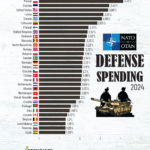
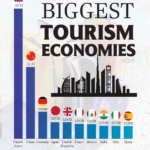
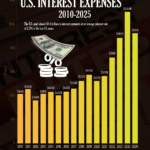

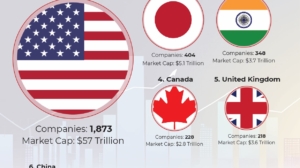
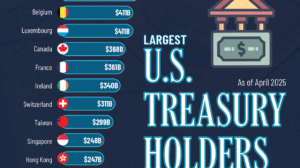
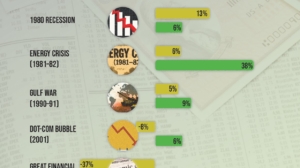
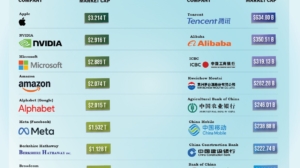
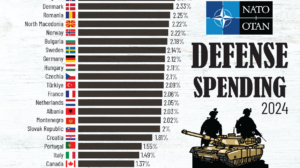
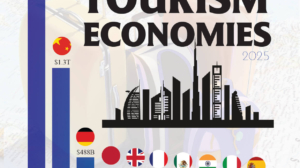
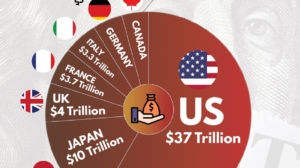
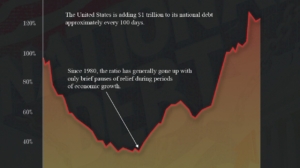
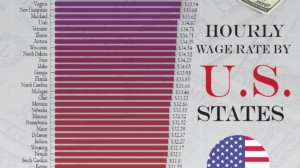
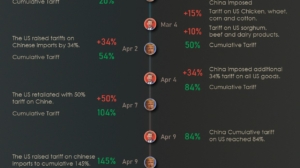
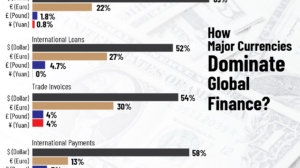
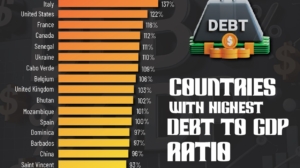
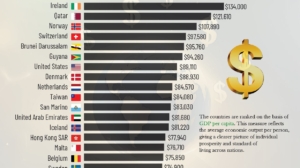
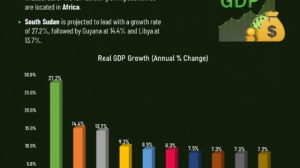
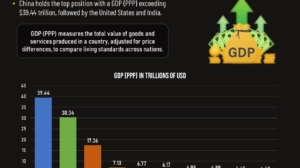
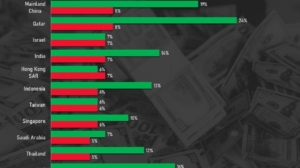
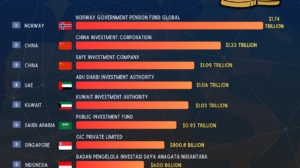
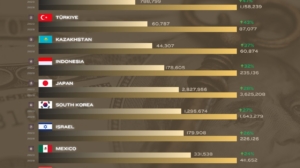
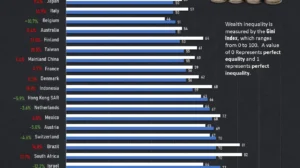
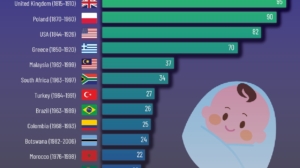
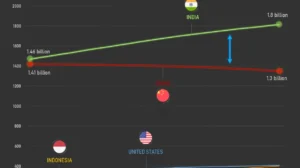
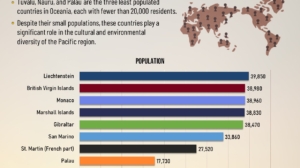
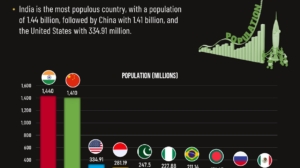
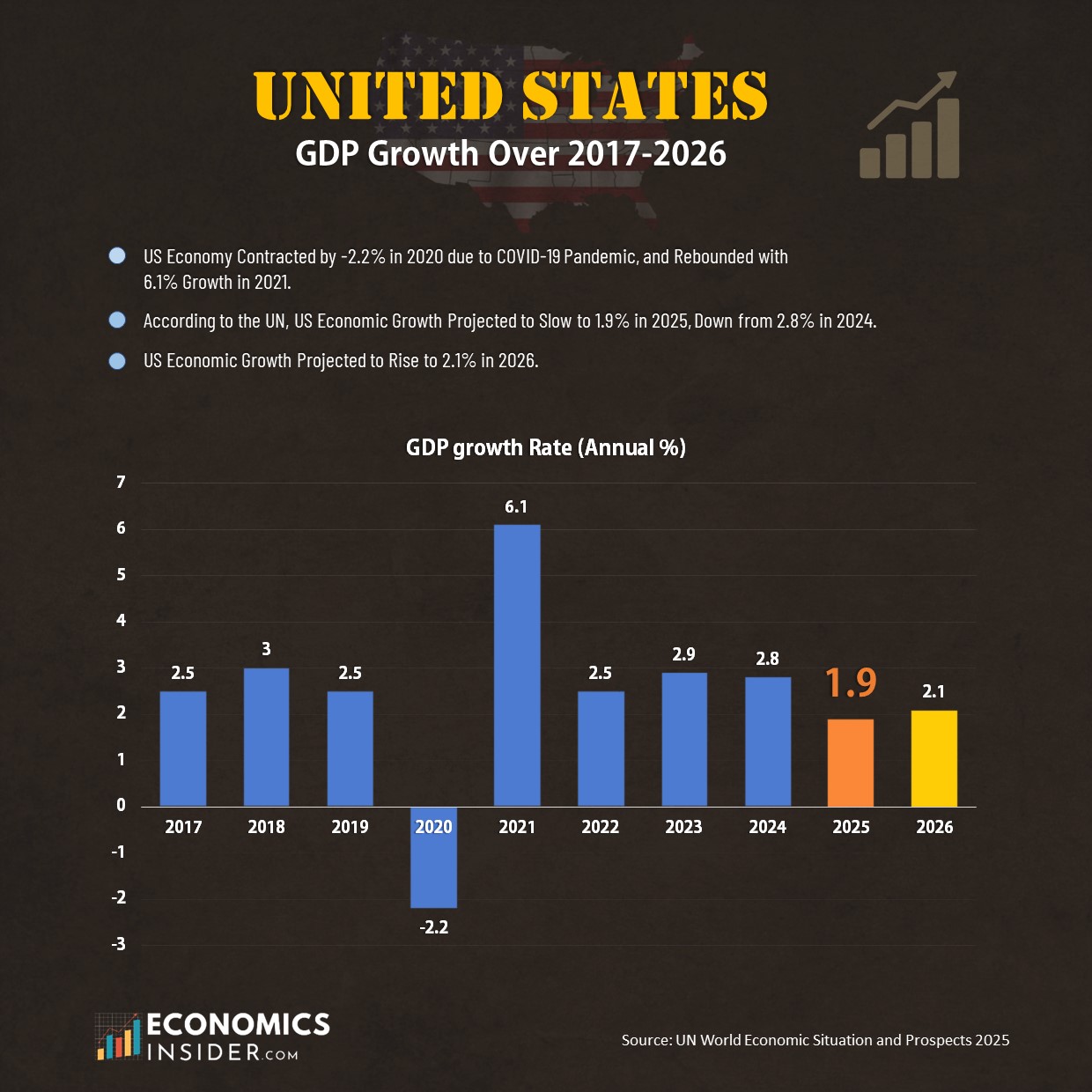


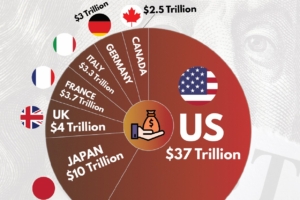








Add Comment